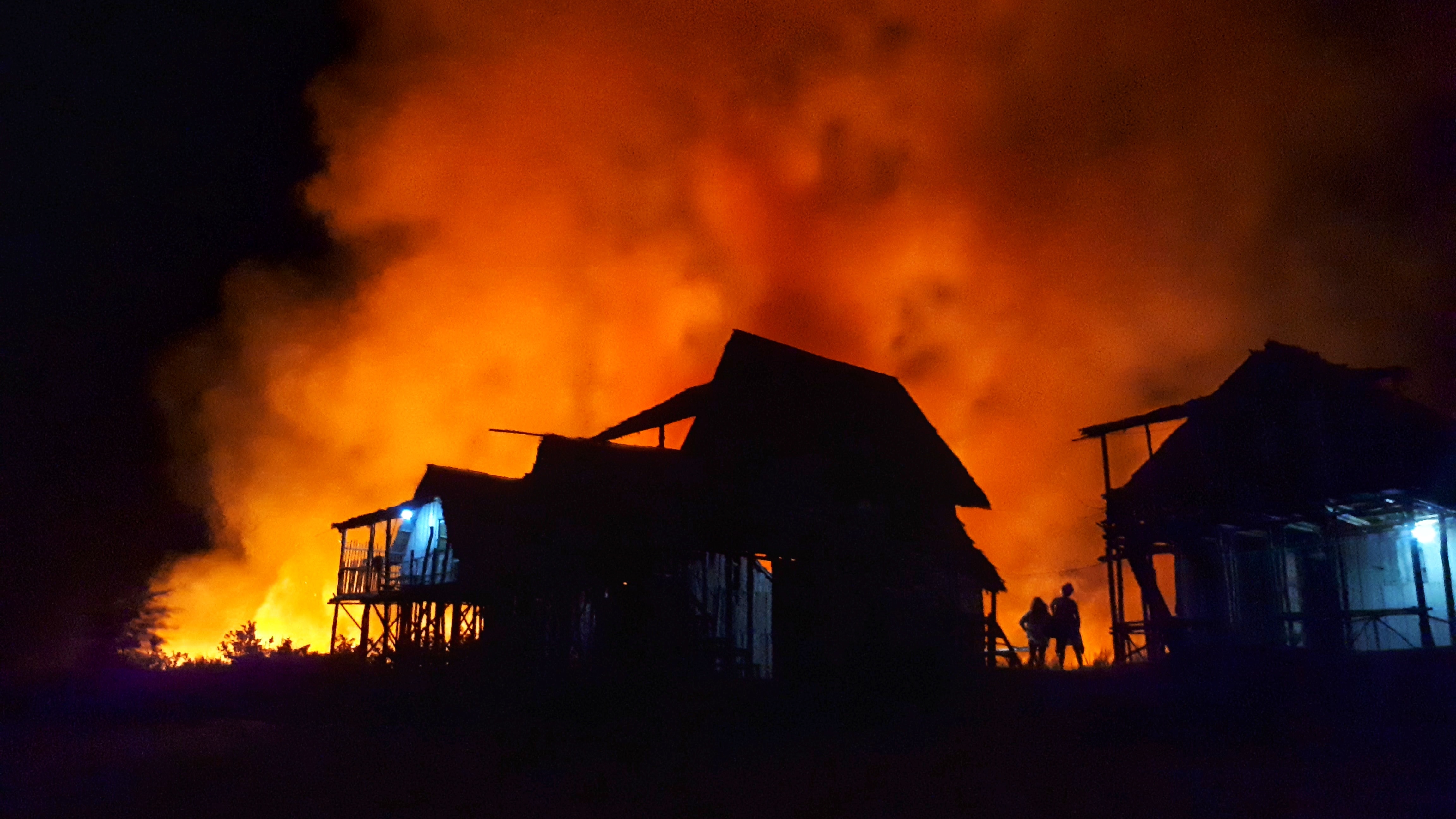People across Southeast Asia are breathing in toxic particles because of large fires
New research estimates that carbon particles released from large scale Indonesian fires cause around 36,000 deaths per year
Photo by Joshua Newton on Unsplash
Smoke and ash from a camp fire might smell good, but the fire is actually releasing organic carbon and black carbon particles into the air around you. When fires occur on a larger scale, like they do in Indonesia, these particles can have unintended health impacts.
Fine particles that are 30 times smaller than a human hair, called PM2.5, can get down deep into people's lungs, and can even enter the bloodstream. Once there, PM2.5 particles irritate the lungs and heart, which can be fatal, especially for young kids or anyone with existing health conditions.
New research estimates that, assuming the current rates of fires, logging, and deforestation continue, exposure to air pollution from Indonesian fires could cause around 36,000 deaths per year. Because the particles are airborne, they aren't constrained to Indonesia — particles from fires across the islands that make up Indonesia impact health in neighboring countries such as Malaysia and Singapore, too.

A forest fire seen at Bintan Island, Indonesia.
Photo by Thomas Ehling on Unsplash
There is some potential good news, though: there are several land management strategies that could reduce deaths from fire emissions, some as much as 60 percent.
Researchers developed a simulation tool that allows anyone to test out the effects management strategies, like blocking fires over peatland or in industrial logging sites. The tool clearly and quantitatively highlights the value of conservation efforts and reducing fires, showing that these efforts wouldn't just save trees, they could actually save thousands of lives.